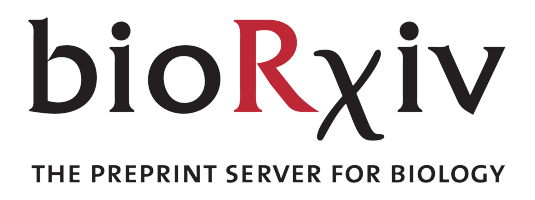Phase separation of protein kinase A regulatory subunits is driven by similar inter- and intra-molecular interactions involving the inhibitory segment
Key Takeaways
The authors dissected PKA regulatory subunit RIα using NMR spectroscopy and multiscale molecular dynamics. Supported by a systematic exploration of phase separation behaviour across a span of protein- and crowder concentrations.
- The intrinsically ordered domain is required for phase separation.
- In this region, arginine residues are of key importance.
- The interactions that drive phase separation are very similar to interactions within the protein.
How did Labbot support this work?
- Titrations of crowing agent to confirm/rule out phase separation propensity of different protein variants.
- Temperature scans to determine critical temperature of phase separation and investigate reversibility.
Abstract
Phase separation of biological macromolecules has emerged as a widespread mechanism for cellular organization, governing the spatiotemporal regulation of biochemical processes including signaling pathways. The regulatory subunit of the cAMP-dependent protein kinase A (PKA) RIα phase separates following cAMP-induced kinase activation, thereby restricting and enhancing PKA activity in space and time. The N-terminal dimerization/docking (D/D) domain and the linker region of RIα have been identified as necessary and sufficient for phase separation, but their interactions at atomic resolution have remained elusive. We report here a structural investigation of the minimal phase-separating region of RIα by nuclear magnetic resonance spectroscopy (NMR) and molecular dynamics (MD) simulations. The intrinsically disordered regions of RIα cause broadening of NMR signals throughout the protein indicative of widespread dynamic interactions. Mutation of arginine residues in the RIα inhibitory sequence leads to a reduction in signal broadening accompanied by loss of phase separation. Independently, binding of RIα to an A-kinase anchoring protein (AKAP) leads to spectral changes that are indicative of a loss of interactions between the D/D domain and the linker region, suggestive of a competition between intramolecular interactions and partner binding. Corroborating the experimental observations, multiscale MD simulations detect pervasive interactions of the folded D/D domain of RIα with the intrinsically disordered linker, and the intermolecular interactions in the condensate mirror those found internally in RIα dimers. Our results support the view that for PKA RIα, homotypic phase separation is underpinned by intermolecular interactions that are similar to intramolecular interactions.
Other Publications Featuring Labbot

Effects of solution conditions on the self-assembly of the chaperone protein DNAJB6b
Our cells are kept clean by a host of protein chaperones that prevent the buildup of misfolded proteins linked to dementia and other diseases. In this study, the Sara Linse group takes a close look at one such chaperone, DNAJB6b, exploring how it forms clusters of different sizes under various conditions. This clustering behaviour appears to be central to DNAJB6b’s remarkable ability to suppress protein aggregation.

Tunable self-association of partially dephosphorylated beta-casein
Adapting milk protein from cows for human infant nutrition requires an in-depth understanding of how the proteins differ. In this collaboration between the University of Copenhagen and Arla Foods Ingredients, the authors explored how calcium and phosphorylation state govern the self-association of industrially prepared β-casein.

Modulating protein unfolding and refolding via the synergistic association of an anionic and a nonionic surfactant
This paper explores the complex interactions between proteins and surfactants. Through careful titration, the authors reveal how proteins undergo unfolding and refolding at varying ratios of ionic and nonionic surfactants, uncovering unexpected behaviors along the way. A deeper understanding of this interplay is essential for applications that rely on surfactants to stabilize proteins, including drug formulation, biotechnology, and beyond.

